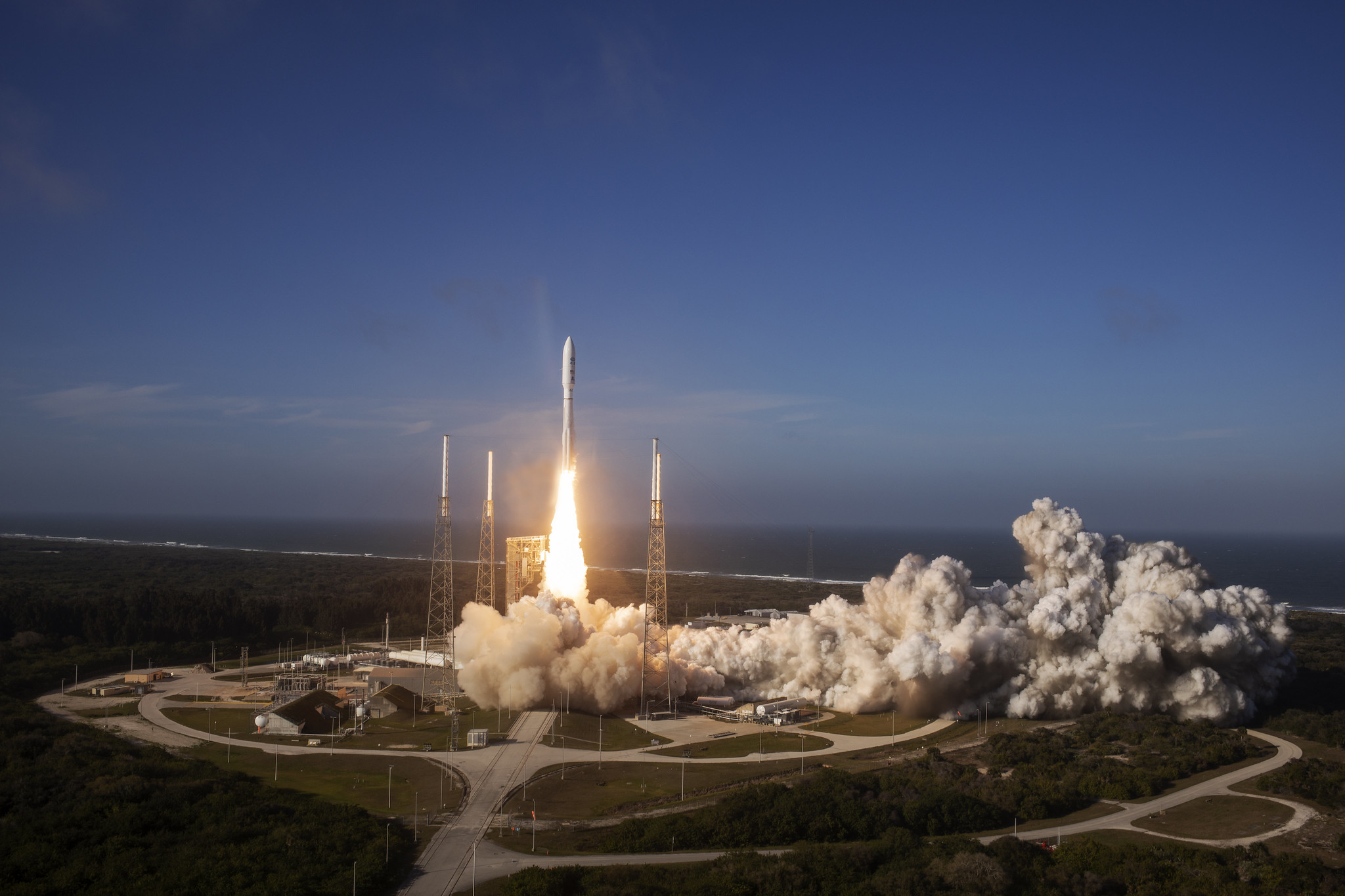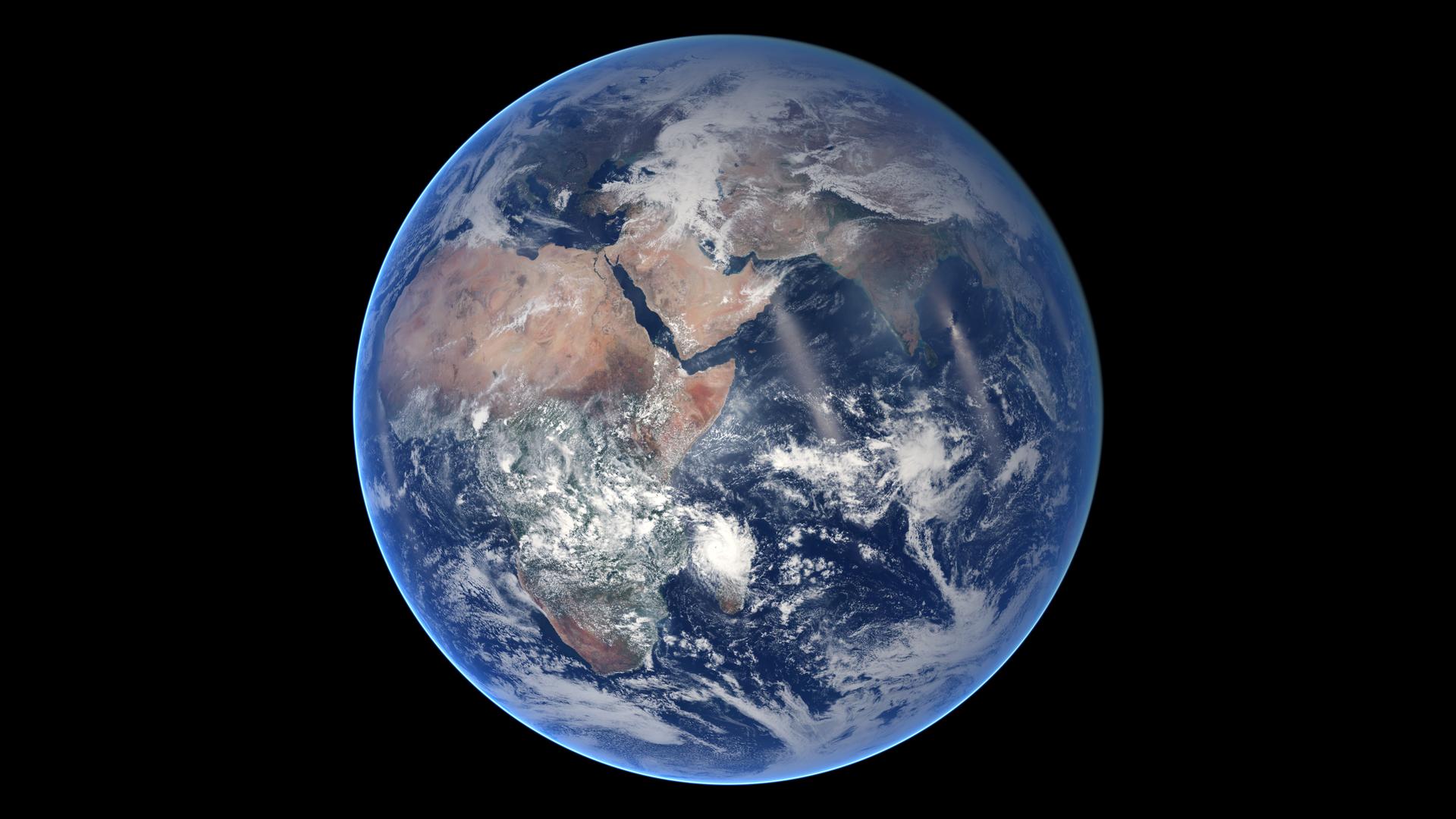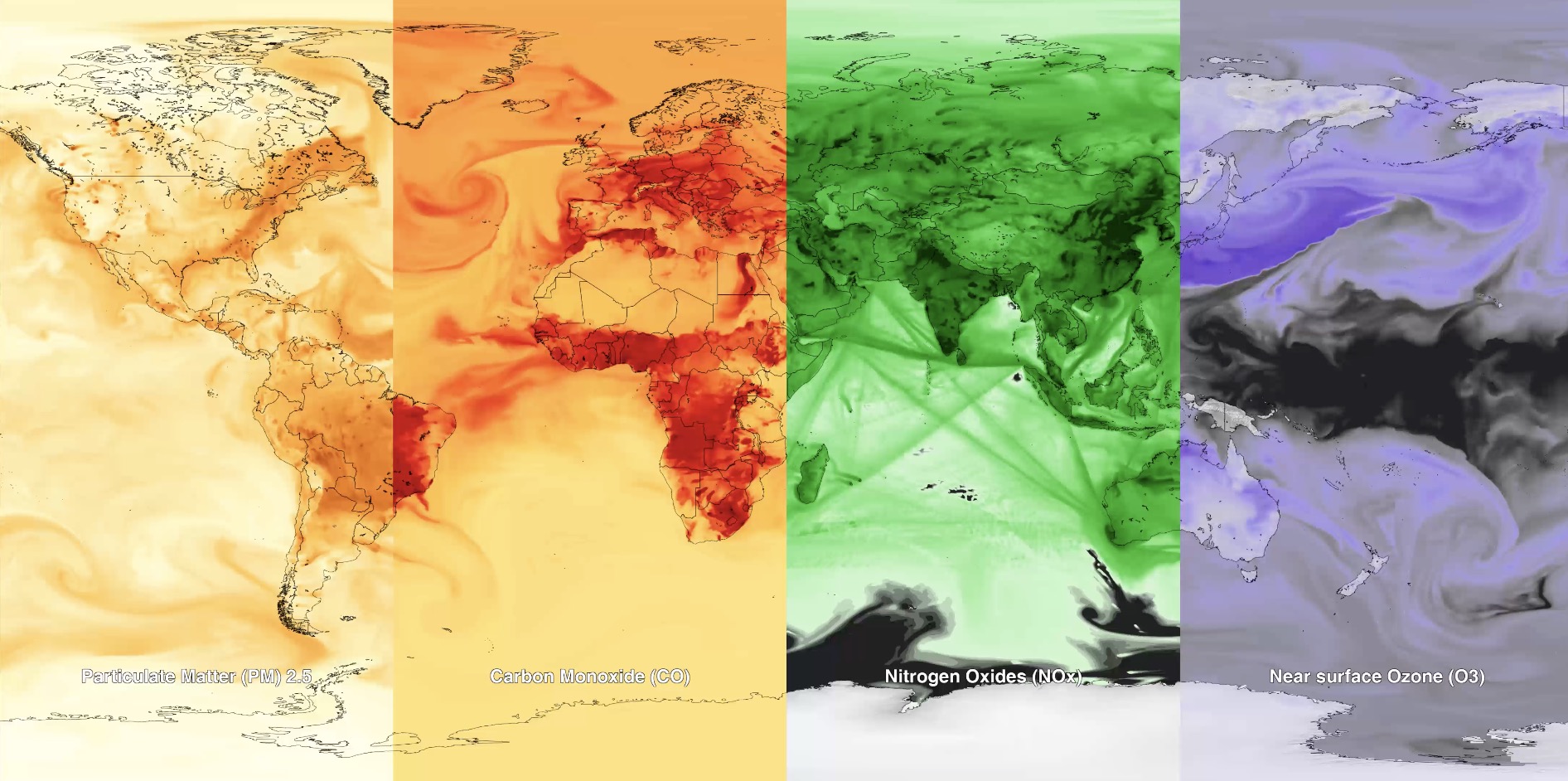PACE
Plankton, Aerosol, Cloud, ocean Ecosystem
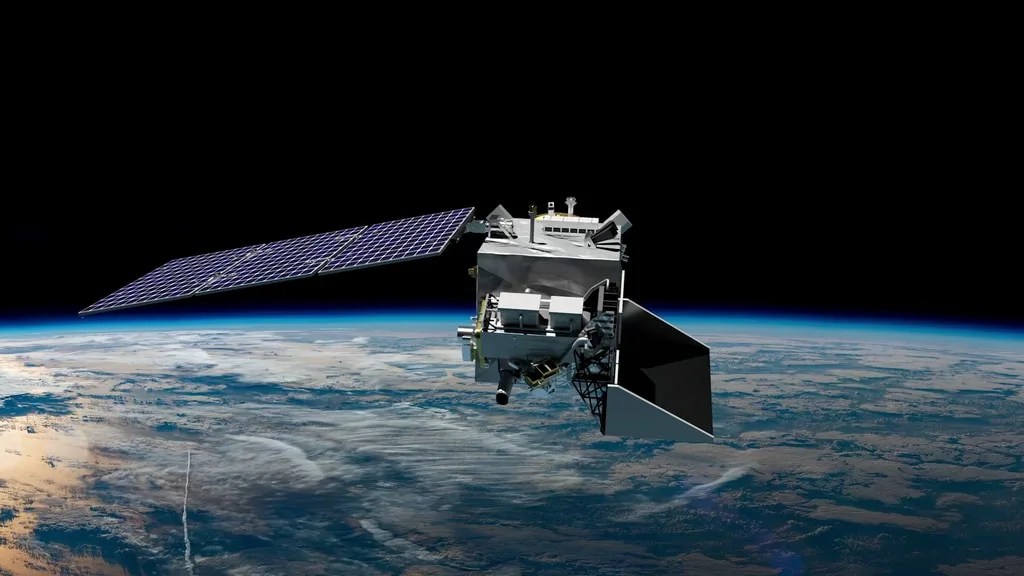
PACE Stories
PACE and Climate Change
Launched February 2024, NASA’s newest Earth-observing satellite, called PACE (Plankton, Aerosol, Cloud, ocean Ecosystem), will help us better understand how climate change is affecting blooms of ocean phytoplankton. PACE will also help decipher how particles in the air (like dust and smoke) can influence cloud formation and the warming and cooling of the planet.
Learn More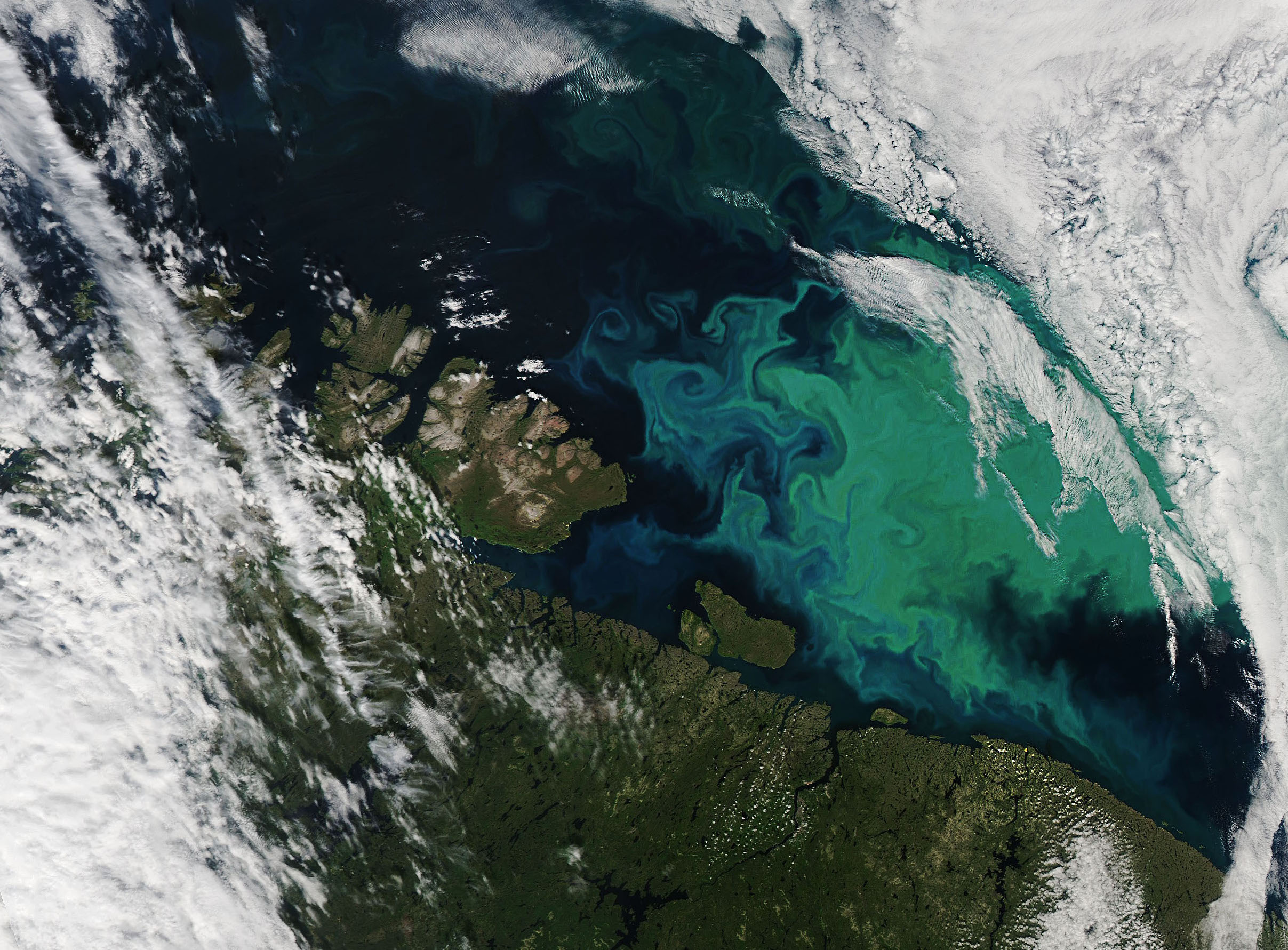
Pre-Launch Mission Videos

Ocean Color Countdown with PACE
We explore just five different ocean colors around the globe and find out what those colors tell us.

A Sea of Data: The PACE Mission
How PACE will take Earth's pulse in new ways for decades to come.

PACE's Instruments Reveal a New Dimension of Atmospheric Info
PACE enables NASA to learn more about the characteristics of aerosol and cloud interactions in Earth's systems.

The Insanely Important World of Phytoplankton
Ivona Cetinić, the Science Lead for Ocean Biogeochemistry for PACE describes the weird, wonderful, and important world of phytoplankton.

PACE: Persistence and Perseverance Despite Pandemic
How the PACE development teams overcame social distancing challenges to realize this extremely important research initiative.

PACE Mission Enlists the U.S. Marine Band
The PACE mission nears the end of its environmental testing with acoustic fanfare.

Tracking Carbon from Wildfires to Ocean Blooms
PACE will examine connections between these major wildfires and the subsequent explosion of phytoplankton production.

SPEXone: Dutch Instrument Arrives for PACE Mission
Scientists seek detailed data from PACE to properly characterize the amount of radiative forcing that aerosols cause.









